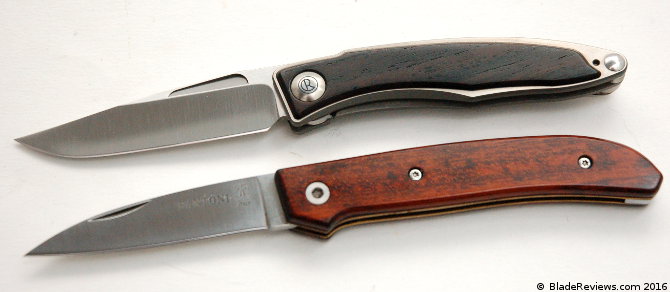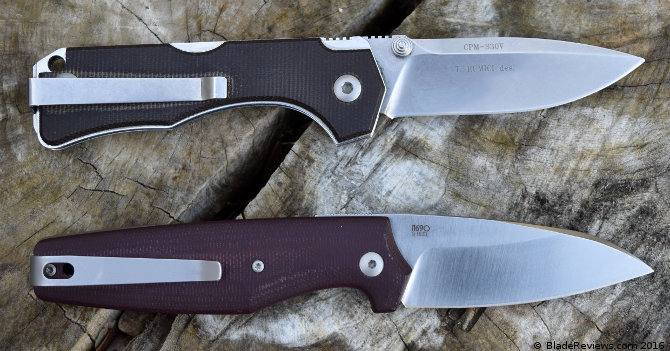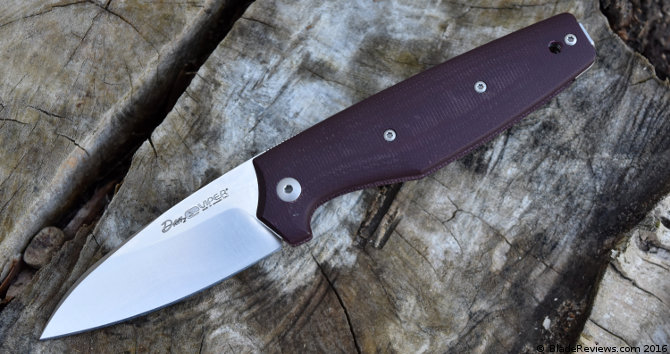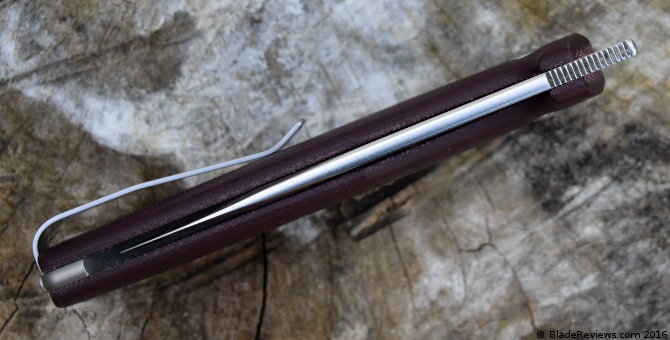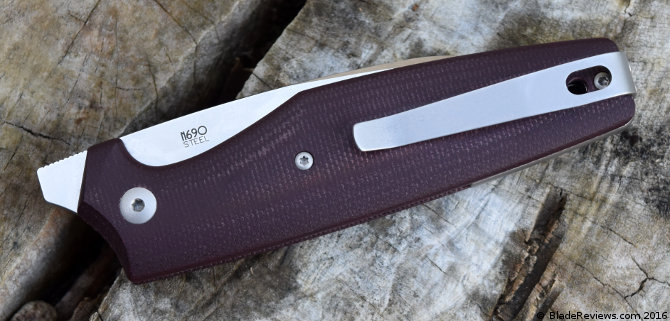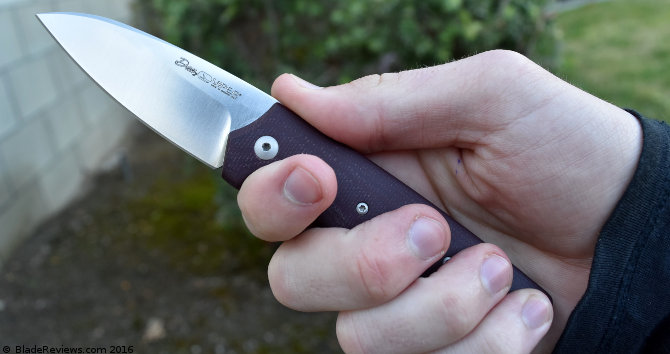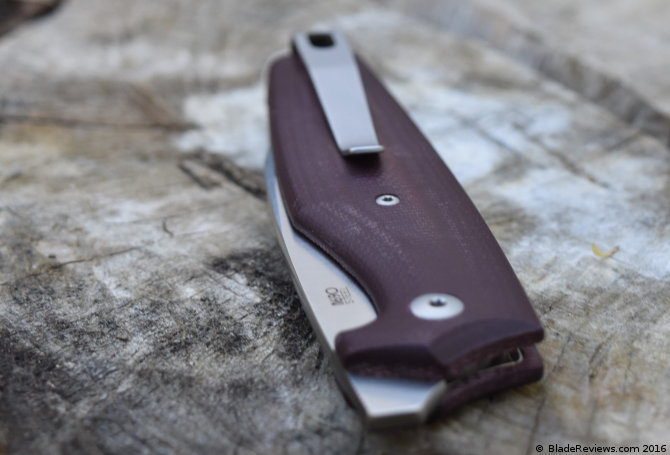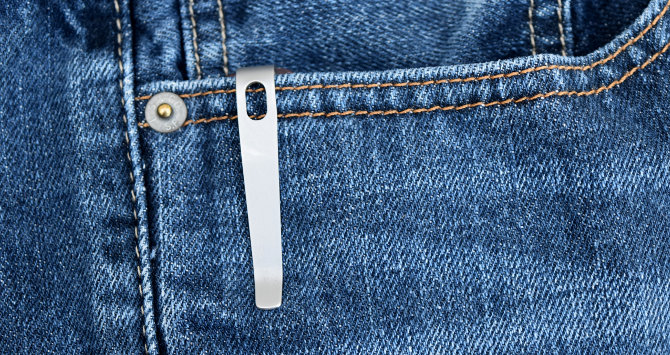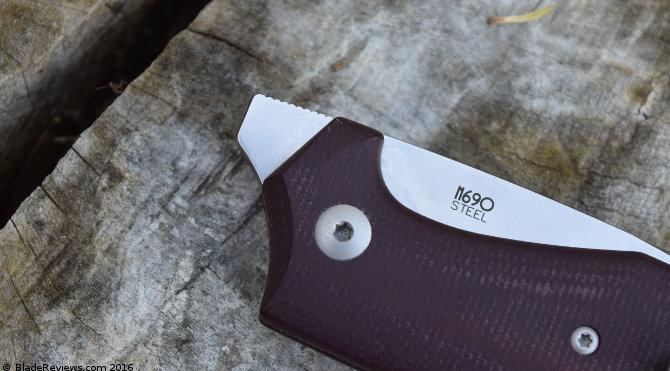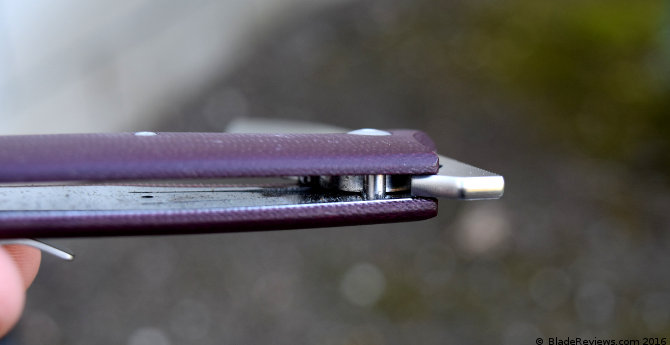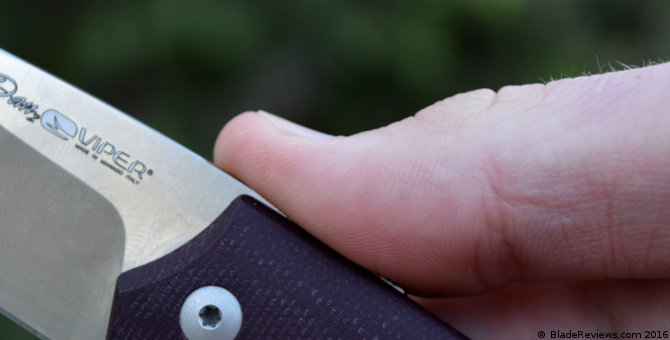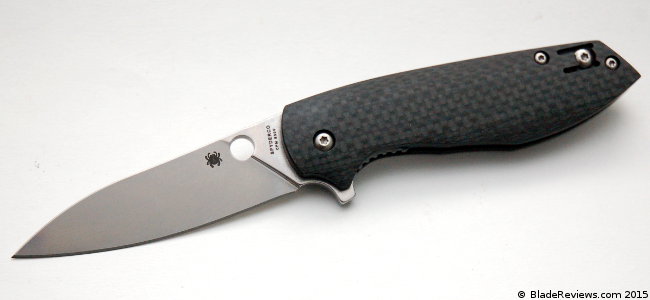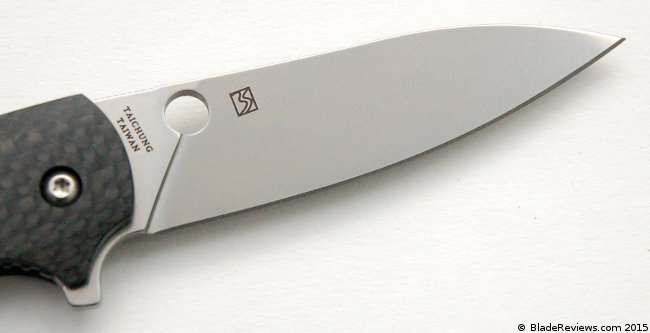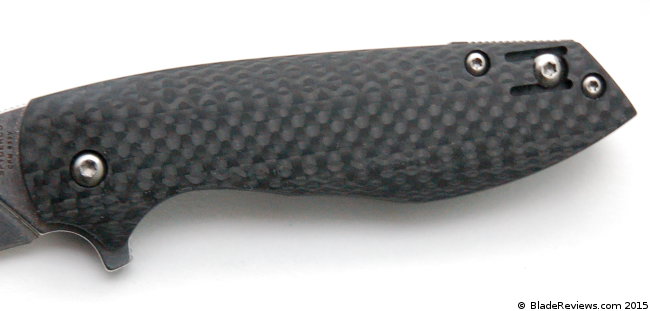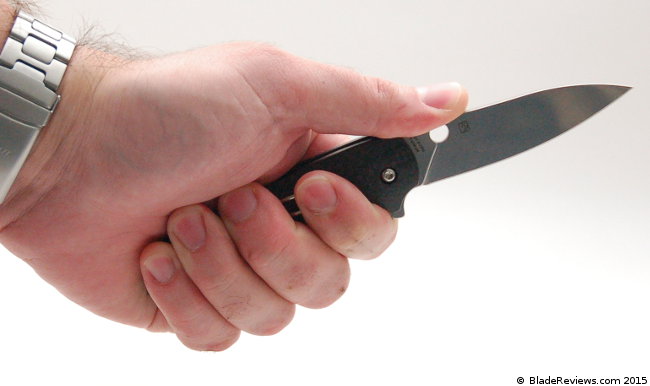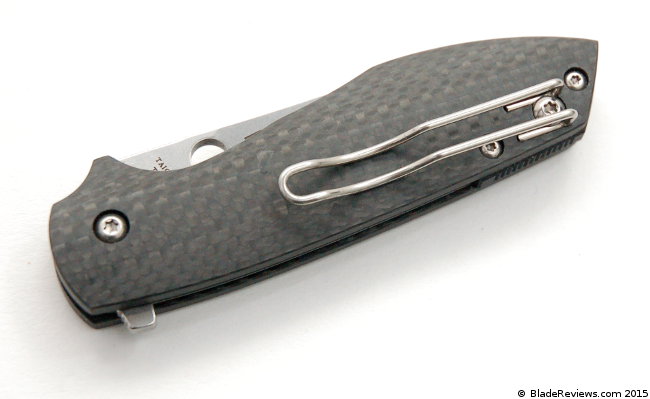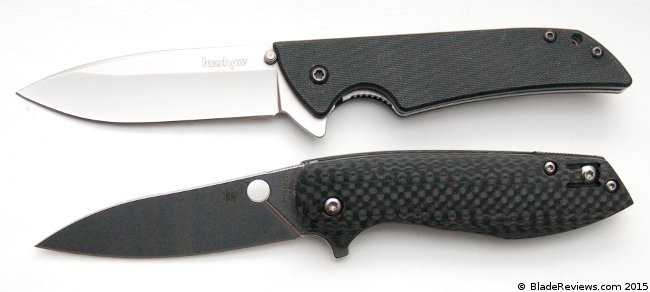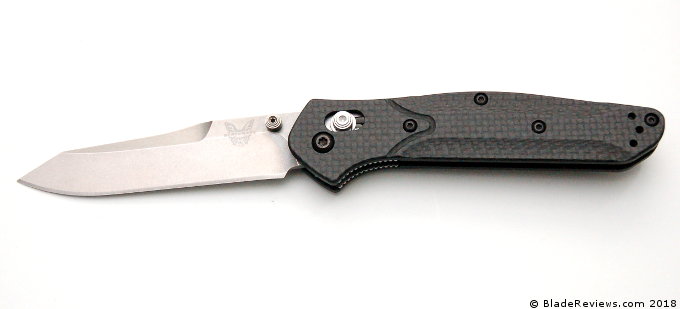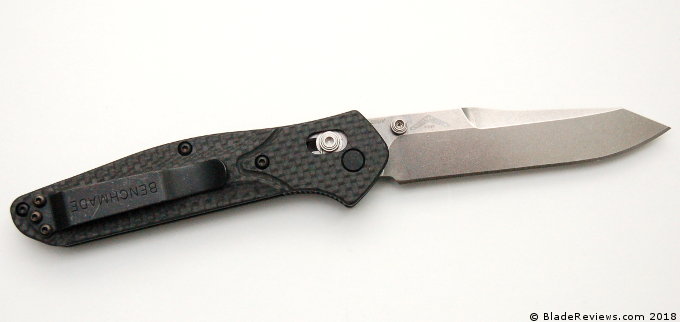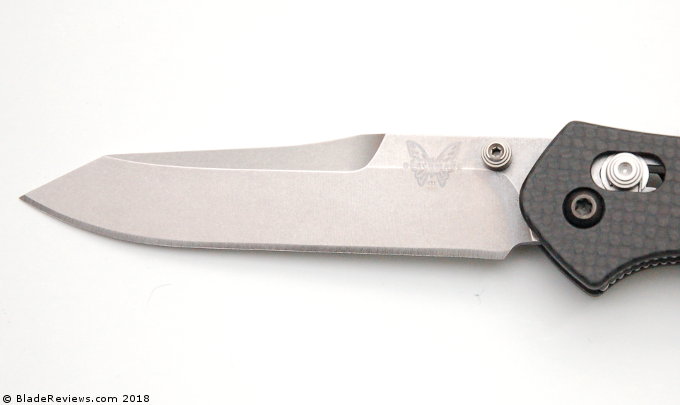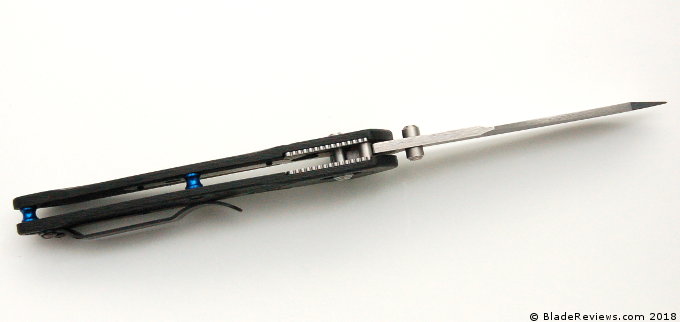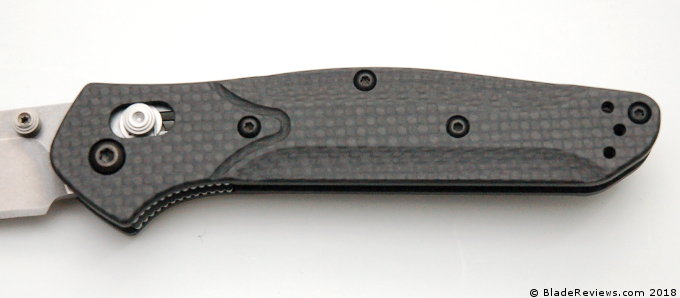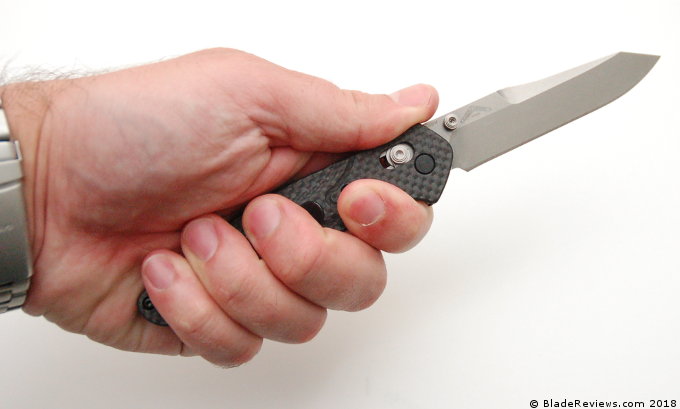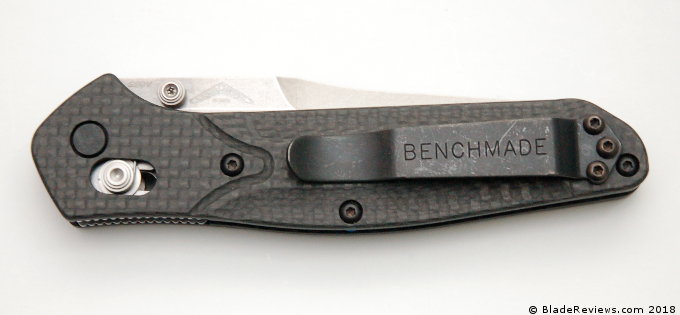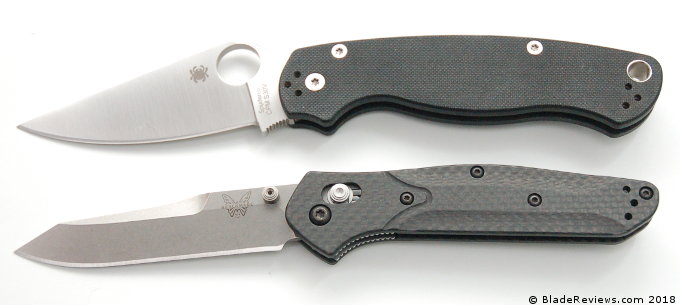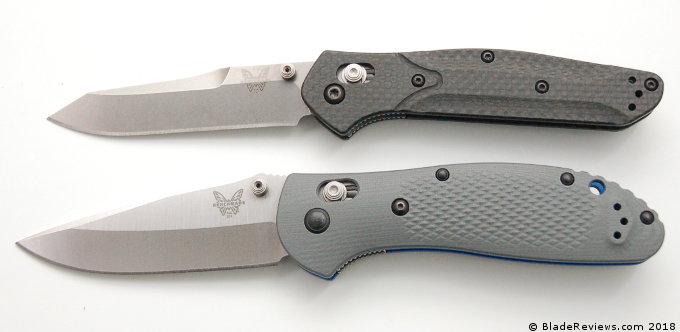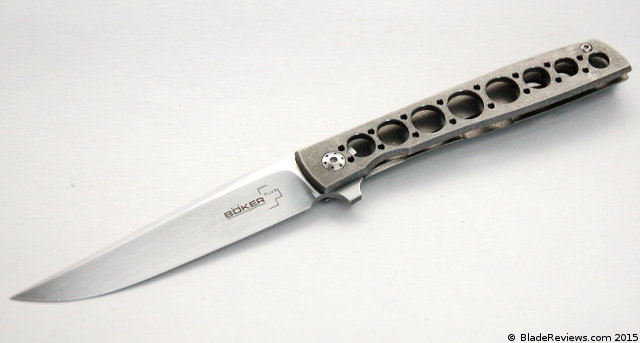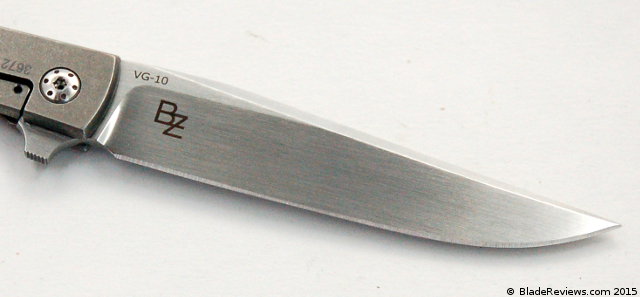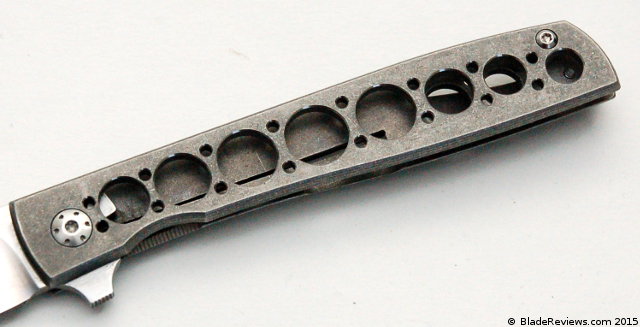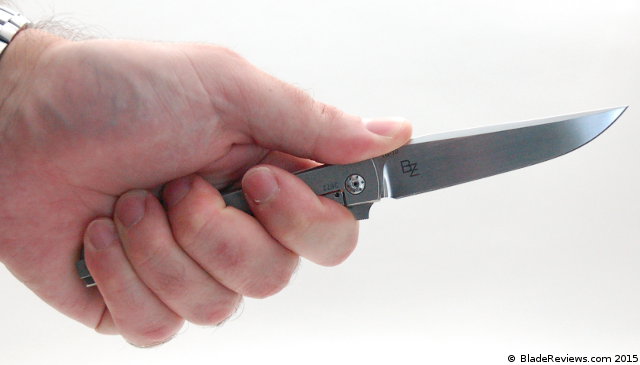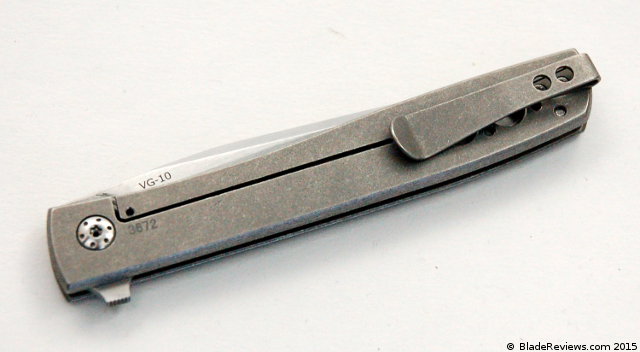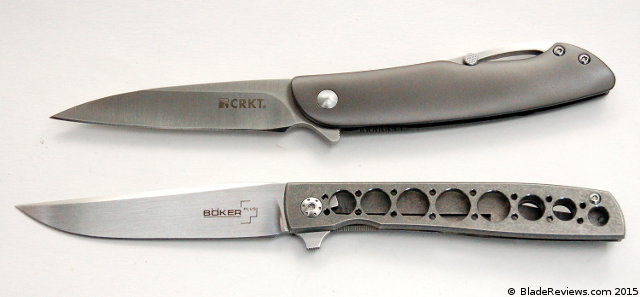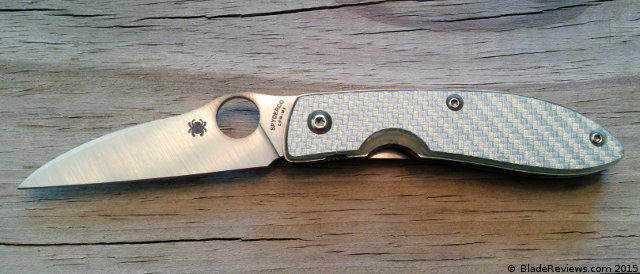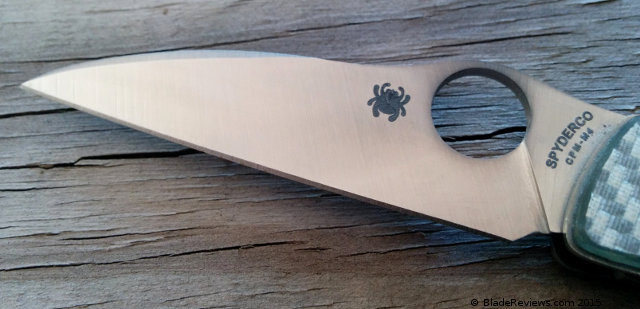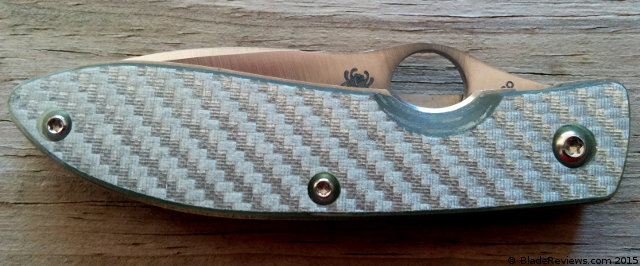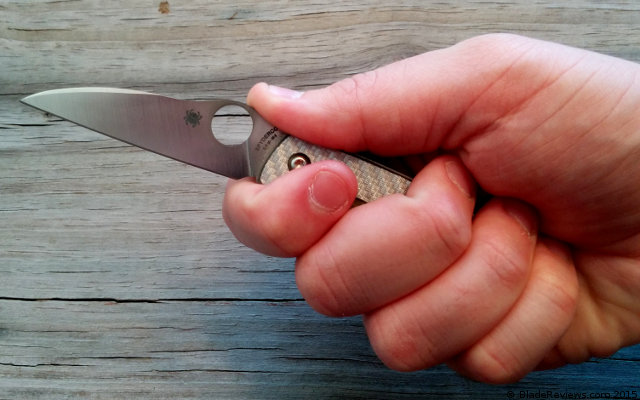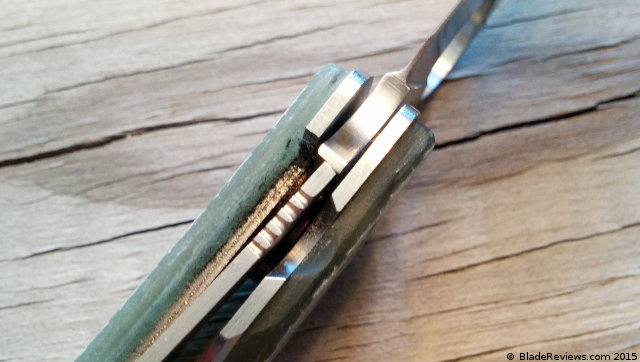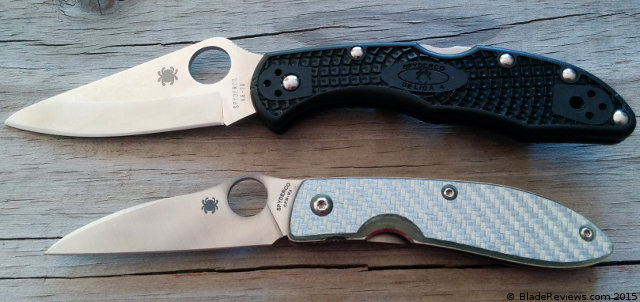Last Updated: July 30, 2019
I have been holding out on you guys. Several years ago I purchased what is arguably my all time favorite gentleman’s folder, and have yet to write a review on it. That is, until now.
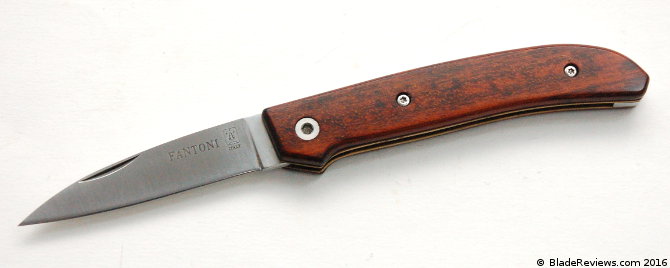
Buy the Fantoni Dweller at KnifeArt.com
I’m talking of course about the Fantoni Dweller. This is is a knife that I fell in love with after watching Stefan Schmalhaus’ excellent video review. He is the man when it comes to reviewing dress knives, and I think that his video review of the Dweller is among his best work. If you haven’t checked out his review before, then you owe it to yourself to give his short video your attention:
After watching a video review like that there isn’t much left for someone to say about the Dweller. This is part of the reason why I have remained quiet for so long, but I’ll try my best to give you my take on this knife.
This is a riff on the Bob Loveless City Knife, which is a fixed blade pattern. I believe Fantoni made a similar knife for Lone Wolf in the early 2000s, with bolsters and no finger choil. This version was designed by Massimo Fantoni. Massimo is the son of Renzo Fantoni, the founder of Fantoni Knives in Italy. Massimo is perhaps best known for designing the Nilte Quiete. I have had the pleasure of meeting with Massimo and Renzo at several Blade shows over the years. They are great guys making some of the best production knives in the world.
The only problem with Fantoni Knives is that they produce their models in limited quantities. Their stuff is hard to acquire unless you are vigilant. KnifeArt is Fantoni’s exclusive U.S. dealer, but their selection is touch and go based upon Fantoni’s production schedule. For these reasons Fantoni doesn’t get a ton of press here in the States. This is a shame because their work is immaculate and they have fantastic designs. Their CUT Flipper remains one of my all time favorite production pieces. The Dweller isn’t far behind.
General Dimensions and Blade Details
The Dweller has an overall length of 6.5″, a 2.6″ blade, and weighs 1.8 ounces. The Dweller is made in Maniago, Italy. In my opinion this knife is the perfect size for EDC or carry as a gents folder. Some people may get bent out of shape about the blade to handle ratio. The blade is notably and purposely smaller than the handle. Personally I find that aspect of the design charming. I don’t typically ascribe to golden ratios or metrics when examining a knife. These metrics can be useful and interesting, but I like to explore each knife on the merits.
Here, I find the short blade endearing. It’s a big part of what makes the Dweller so unique and whimsical. Plus it’s still practical. This knife is non-threatening and elegant. No one is going to mistake the stubby blade of the Dweller for a weapon, yet it is still perfectly suited for opening mail, trimming loose threads, and handling mild food prep chores like slicing an apple at lunch, or preparing a cheese plate after work. You know, the stuff gentlemen do. And despite the smaller blade there is still plenty of handle, so the user gets the benefit of a full grip when using this knife.
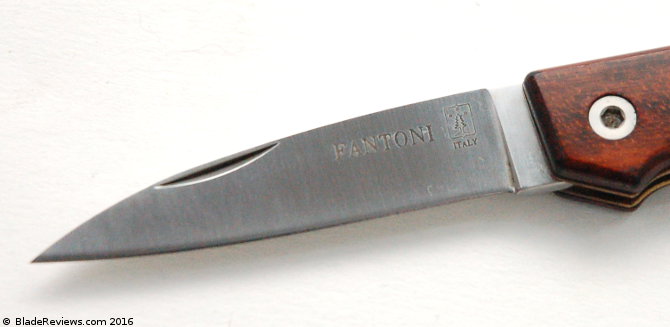
The blade is a short modified drop point with a full flat grind. It is ground like a traditional slip joint, meaning that it is thin behind the edge and slices well. The tip is fine, and represents a good balance of strength and precision. The blade has been given an attractive satin finish. All around this is a practical and nicely executed blade for a little folding knife.
Fantoni went with Sandvik 19C27 steel for the Dweller. I haven’t had a lot of experience with 12C27 outside of the Dweller. Sandvik advertises this as their most well-rounded knife steel. My research suggests that Fantoni has heat treated their 19C27 all the way up to 61HRc.
The 19C27 takes a nice edge that holds up well and is easy to maintain. I have had zero issues with rust or corrosion, despite carrying and storing the Dweller in a leather sheath in Florida for years. I have also used the knife on all manner of acidic fruits. While 19C27 isn’t a super steel, its a good practical choice for a small slip joint. No complaints.
Handle, Ergonomics, and Carry
The Dweller’s handle is wood scales over brass liners. This is a slip joint, and the stainless steel backspring doubles as a full backspacer. As with all of my other experiences with Fantoni, everything is put together beautifully. I especially like the fact that this slip joint is bolted together rather than pinned. That means the pivot is adjustable and the handle scales are fully removable with a tiny torx driver.
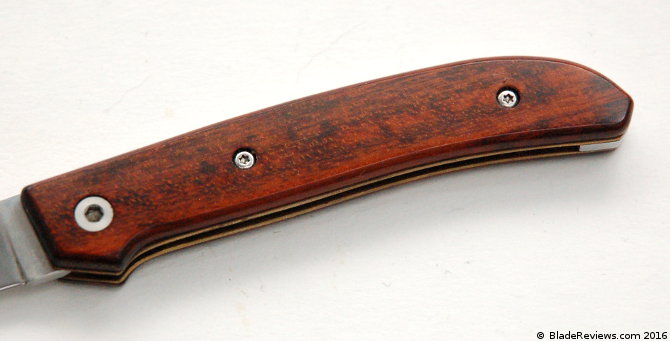
My particular knife came with Snakewood covers, but Fantoni offers this knife in a variety of different exotic wood handle scales, including Olive, Burl, and Cocobolo. I like Snakewood because of the warm color and interesting figuring. Although my particular handles don’t have much of a “snake skin” pattern it’s still beautiful. I have also seen the Dweller offered in Micarta. My preference is for a wood handle as that compliments the gentleman’s folder vibe of this knife nicely.
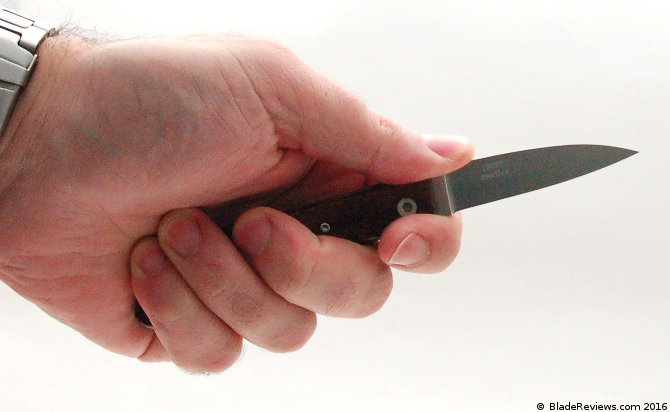
The Dweller features a generous handle. It dwarfs the handle of the Cadet, and also features a small forward finger choil that allows you to choke up on the blade. Either way there is plenty of room for a full grip, even if you take a large glove like I do. Being a gents folder there is no jimping to speak of. The wood handle is not slippery, but this is not a high traction handle either. I have used my Dweller for tasks ranging from cleaning my finger nails to breaking down boxes. It isn’t a combat folder, but should handle most urban daily carry tasks without issue.
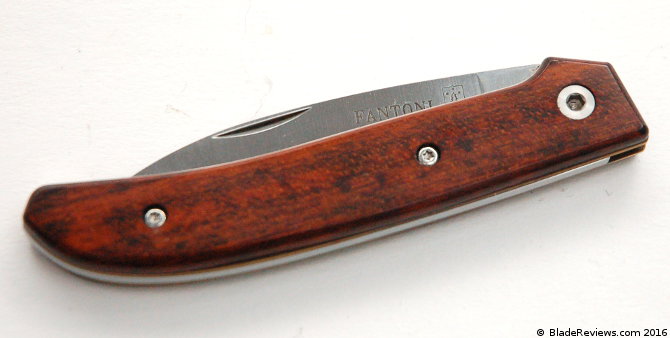
The Dweller does not come with a pocket clip, and instead is shipped with a thin leather slip sheath. The sheath is made of a rich chestnut colored leather that matches the Snakewood handles on my knife almost perfectly. What I like about this slip sheath is that it is thin and small. The sheathes that came with both my Mnandi and Indian River Jack, while nicely made and serviceable, are both notably larger than the sheath of the Dweller. That is because the Dweller’s sheath is custom made to the knife, while the knives for the IRJ and Mnandi were designed to accommodate other knives as well. Over time my sheath has broken in and burnished, which added to the character of this knife.
Walk and Talk
This is a slip joint, so my usual discussion of “deployment and lock up” more or less goes out the window. For “deployment” we have a single nail nick. The spring on this knife isn’t particularly strong. I’d say the pull strength is a 3 or 4 and is comparable to my Cadet.
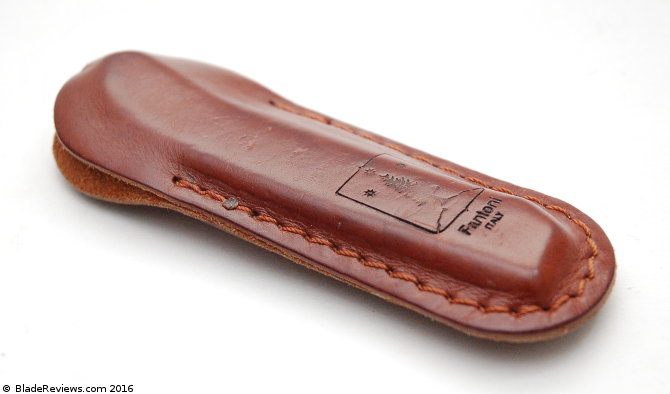
The nice thing about the Dweller is that it has a great little half stop. I am a big fan of half stops, and it works well on the Dweller. The blade does not lock open, but it is secure. There is no blade play. If you are smart about how you use this knife you can get a lot of use out of it despite the lack of a lock.
Centering on my knife is a off by a millimeter. The pivot appears to be a bushing style pivot, so I am guessing I could adjust it to center, but haven’t tried because it hasn’t bothered me.
Here is a shot of the Dweller next to another rock star gent’s folder, the CRK Mnandi:
Fantoni Dweller Review – Final Thoughts
I almost feel bad waiting so long to write this review. I bought this knife for my personal collection, and have enjoyed it for several years now. While many knives have come and gone over the years the Dweller is something I don’t see myself ever parting with. I love the simple design rooted in Bob Loveless’ timeless aesthetic. The stubby blade is charming and practical, the wood and brass handles are warm and inviting, and the superb execution of the knife and pocket sheath elevate the Dweller to something special an unique.
While it may not be the fanciest gentleman’s folder, the Dweller’s simplicity and restraint make it one of my favorites. This is a beautiful knife, but it is still humble. This is a dress knife that I can actually use without regret. Some gent’s folders are so nice that they are almost objets d’art, and I feel guilty when using them. I don’t get that feeling with the Dweller. It’s a nice little knife, but it’s also unmistakably a tool.
Unfortunately, the Dweller has become exceedingly rare over the years. A search of “Fantoni Dweller” on the BladeForum’s buy / sell / trade section yielded zero results. Buy it if you can find it.
I would recommend buying the Dweller at KnifeArt, as they are Fantoni’s only US dealer. The only problem is, they don’t have the Dweller currently in stock. You may be able to find them on the secondary market. Regardless, please consider that purchasing anything through any of the links on this website, including links to Amazon and BladeHQ, helps support BladeReviews.com, and keeps the site going. As always any and all support is greatly appreciated. Thank you very much.
